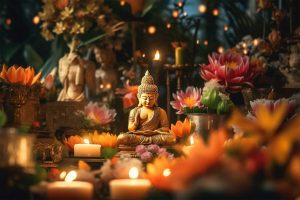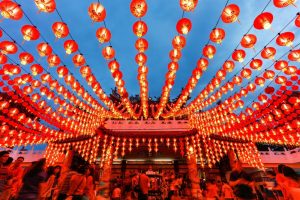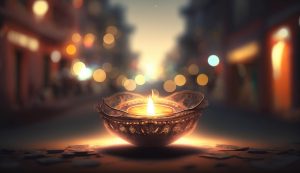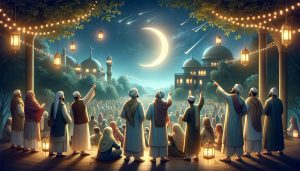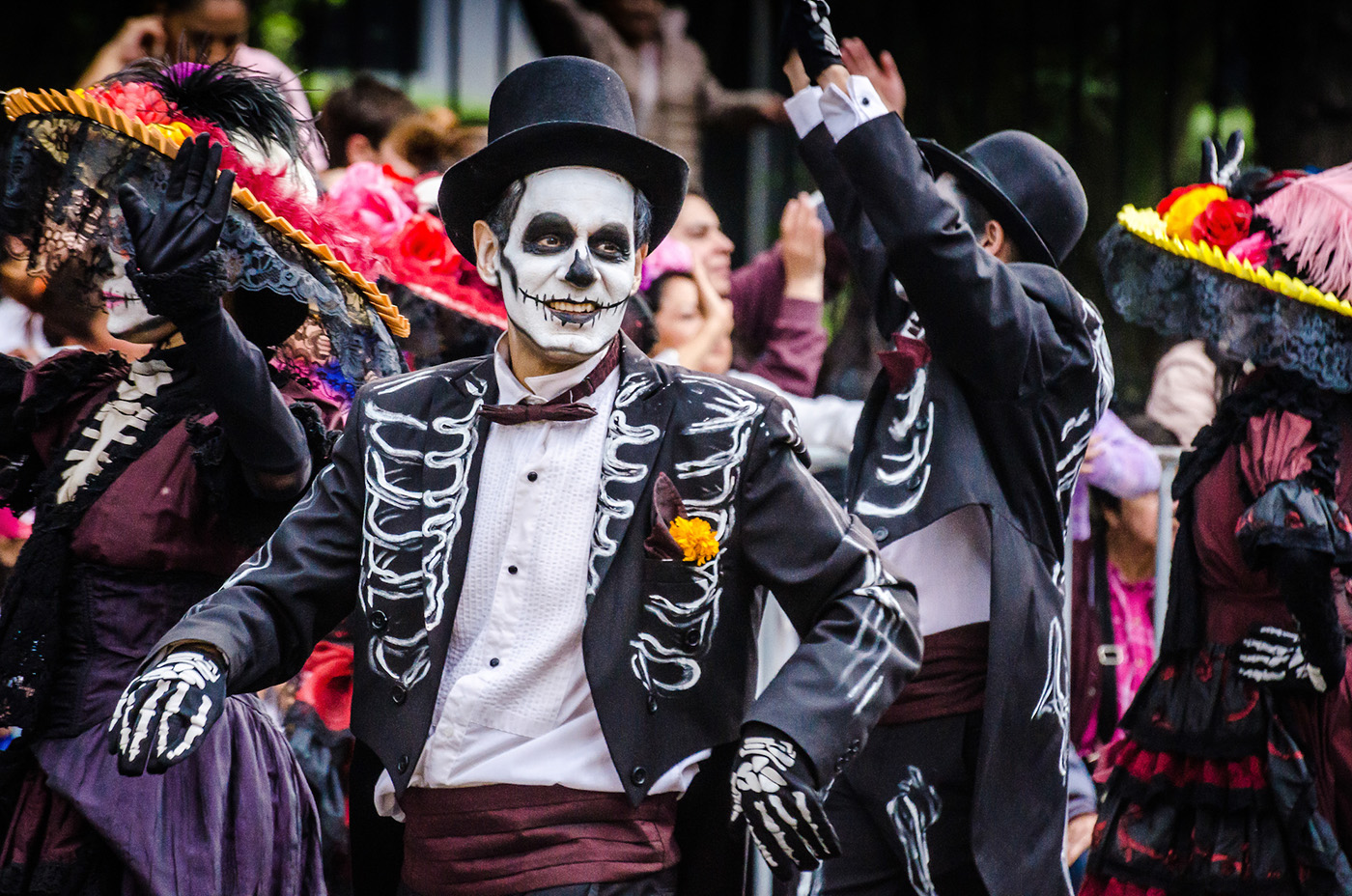
23 interesting facts about Day of the Dead (Dia de los Muertos)
- 👁️ 915
The Day of the Dead, or Dia de los Muertos, is a traditional Mexican holiday that celebrates the lives of loved ones who have passed away. Spanning from October 31st to November 2nd, the holiday is a vibrant and joyful celebration that blends indigenous, European, and Christian traditions. Here are 23 fascinating facts about this unique holiday:
- The Day of the Dead is celebrated throughout Mexico and in Mexican communities worldwide.
- The holiday has roots in the ancient Aztec festival of Mictecacihuatl, the Lady of the Dead.
- The Day of the Dead is a time to honour and remember loved ones who have passed away.
- Ofrendas, or altars, are a central aspect of the holiday and are decorated with candles, flowers, and offerings to the dead.
- The holiday is a celebration of life and death, and it is believed that the dead return to the world of the living to be with their loved ones.
- The traditional colours of the holiday are bright and bold, with orange and yellow representing the sun and green representing hope.
- Sugar skulls, or calaveras, are a common symbol of the holiday and are often decorated with colourful icing and glitter.
- Flowers, especially marigolds, play a big role in the holiday and are used to create elaborate flower carpets, or alfombras, in the streets.
- The holiday is a time for families to come together, cook traditional foods, and tell stories about their loved ones who have passed away.
- The holiday is not a somber occasion, but rather a joyful celebration of life and the cycle of death and rebirth.
- In Mexico, the holiday is often marked with public parades and street parties, with people dressed in brightly coloured costumes.
- Traditional foods for the holiday include pan de muerto, a sweet bread, and calaveras de chocolate, or chocolate skulls.
- The holiday is celebrated not only in Mexico, but in other countries with Mexican communities, including the United States and Spain.
- The holiday has gained popularity in recent years, with many people around the world embracing its cultural significance and rich traditions.
- The holiday is a time for families to come together and remember their loved ones, regardless of their cultural background or beliefs.
- In many communities, the holiday is marked with cultural events, such as music and dance performances, poetry readings, and exhibitions of traditional arts and crafts.
- In Mexico, the holiday is celebrated in cemeteries, where families gather to clean and decorate the graves of their loved ones.
- In many communities, the holiday is a time for families to visit their loved ones’ graves and offer them gifts, such as food, drink, and flowers.
- The holiday is not limited to just remembering human loved ones, but also includes pets and other animals that have passed away.
- The holiday has been recognized as an Intangible Cultural Heritage of Humanity by UNESCO.
- In some communities, it is believed that the dead come back to visit the living in the form of butterflies.
- The holiday is a time for families to come together and tell stories, sing, dance, and laugh in honour of their loved ones who have passed away.
- Many communities use the holiday as an opportunity to educate people about their cultural heritage and the importance of remembering their loved ones.

